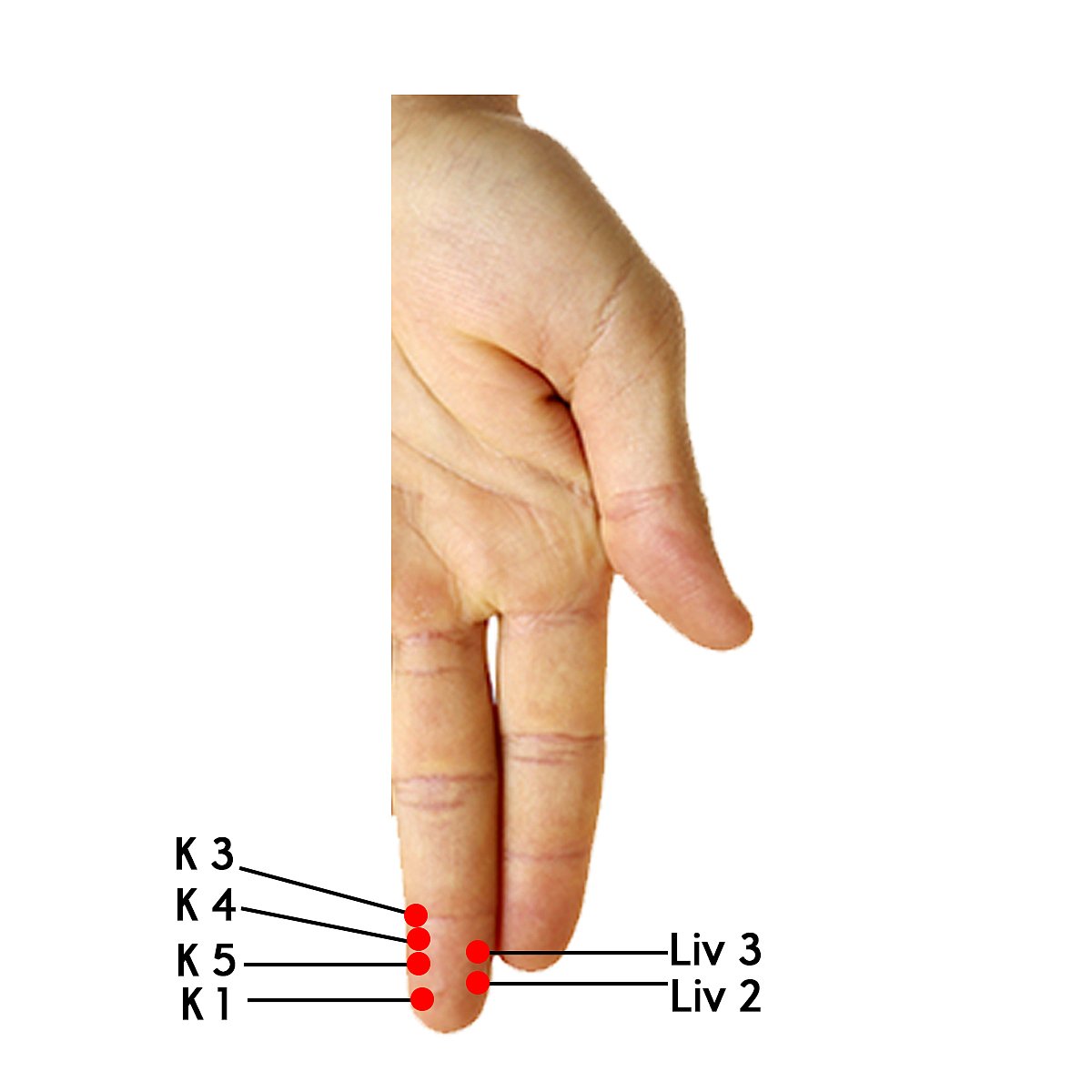Anatomically, like all other animals, human body too is designed to be on fours. However, humans have evolved so much thanks to some instinctual defiance to nature and deciding to being on their feet. Had we not, among many things, humans would never have been able to enjoy a lot of our recreative activity including sports and dancing. But then, such an evolution comes with its own problems. One of which is loading some very delicate joints with excessive weight. Our knees, ankles, and feet now carry a lot more stress than nature designed us for. As a result, these most used parts of our body need to be respected. Let us examine what happens to our feet.
We may not even realise it sometimes, but stress fractures, also called hairline fractures, often occur in the feet, because of the weight-bearing responsibility of these bones. Stress fractures are small, microscopic cracks in bone that occur when the bone is unable to handle the load, or weight, placed on it. These fractures are often caused by overuse or repetitive activities. Because of this, stress fractures are commonly seen in athletes, such as runners, soccer players, or dancers, but they can also be seen in normal people who have changed their daily activities.
Foot stress fractures also occur more frequently in people with health problems that affect bones such as osteoporosis, or people with abnormal gait or other problems, such as bunions or tendonitis.
Bones are living tissues that are constantly adapting to loads by rebuilding and repairing. This process is called remodeling and is the reason that bones can heal after injury. This process also helps bones become stronger when loaded appropriately, and the reason bones become weaker if they are not exposed to sufficient loads. Stress fractures occur when the loading on the bone is greater than the bone’s ability to adapt to stress. Before the bone fractures, there can be pain in the area due to swelling and abnormal remodeling. This is termed a stress reaction and can be seen on specialised imaging.
Stress fractures can occur in any bone of the foot; however, certain bones are affected more often than others.
The metatarsal bones, which connect the toes to the midfoot. The second and third metatarsal, which connect the second and third toe, are most injured, and represent 17-35% of all stress fractures of the foot and ankle. Metatarsal fractures are common in dancers and runners.
The calcaneus bone, also called the heel bone, forms the foundation of the back of the foot. The calcaneus bone represents approximately 21-28% of stress fractures of the foot and ankle.
The navicular bone, which sits near the top of the foot. n children, stress fractures in the foot can occur in areas of bone growth. Common locations for foot stress fractures in children include the calcaneus, cuboid, talus, and navicular bone.
The anatomical location of the stress fracture determines how it heals. Stress fractures in areas of tensile forces or areas with poor blood flow do not heal as well as stress fracture in areas with compressive forces and good blood flow.
The symptoms of a foot stress fracture will generally develop over time and become more severe as the injury progresses. Symptoms may include:
Tenderness. The injured bone may feel painful or sore when touched; this is called “pinpoint pain”.
Deep, dull pain. The pain may be felt deep within the foot or toes.
Weakness. The area where the fracture is located may feel weak and normal performance may be diminished.
Intermittent pain. Pain caused by a stress fracture will typically intensify during weight-bearing activity and diminish during rest.
Swelling. The injured foot may appear swollen; this can occur anywhere on the foot but it is most likely to be seen on the top portion because of injury to a metatarsal.
Changes in biomechanics. Some may notice they are running or walking differently to avoid putting pressure on the painful area.
Sharp, localised pain. Putting weight on the foot may cause sharp pain at the site of the fracture, especially in injuries that have progressed.
Bruising. The area around the fracture may appear reddish, bluish, or purplish in color because of blood rushing towards the injury.
Although foot and ankle injuries are common in many sports, many such injuries are preventable. You can avoid spending time sitting on the sidelines by taking precautions to keep yourself safe. In this blog, the doctors at Great Lakes Foot and Ankle Institute offer five tips to help you stay in the game and injury-free.
1. Warm up your muscles
Almost everybody knows that you’re supposed to warm up before a workout, but many people still routinely skip this step. Warming up your muscles before playing sports can help prevent injuries. Warmups don’t have to be long or complicated. Even just a brisk five-minute walk is often enough to loosen up your muscles.
2. Stretch your legs and ankles
Stretching your legs and ankles will not only help prevent injuries, but it will also keep your joints flexible and help you maintain your range of motion. Some of the stretches you can include are the following:
· Calf raises
· Standing lunges
· Standing quad stretches
· Hip flexor stretches
· Hamstring stretches
· Straight leg raises
Besides stretching before and after games, you should also stretch on a regular basis outside of your sporting activities.
3. Wear the right shoes
Wearing the right shoes means more than just wearing the most appropriate shoes for your sport. You also need to make sure that your shoes fit well, aren’t too tight, and have good arch support. Furthermore, you need to replace your shoes when they start getting worn out. All shoes have a limited shelf life, but this especially applies to athletic shoes, as wearing worn-out shoes can put you at a greater risk of suffering an injury. You need to replace your shoes when the soles are visibly worn down.
4. Take regular breaks
Taking regular breaks during a game is important as it can help your body recover. If you keep playing and don’t give your body rest, your muscles can get fatigued, which can increase your chances of getting injured. Furthermore, take advantage of scheduled breaks to hydrate, as dehydration can also lead to injury and fatigue. Dehydration can also lead to cramping.
5. Don’t push through the pain
While you may be told to play through the pain, you need to listen to your body’s signals as well. Pain may be a sign that there’s a significant problem. Some muscle soreness is normal with most physical activities, but experiencing pain is never normal. If you feel pain, stop and rest. Continuing to play while you’re in pain could exacerbate an injury or increase your chances of getting one, such as a stress fracture. Furthermore, if you’ve had a foot or ankle injury in the past, consider wearing a brace.
One who has been reading my articles will surely know as to how to trace these meridians on the front and back side of our hands and feet. The place for these is given in the figure. These Protocols are based on the research done by the Institute of Acupressure and Holistic Healing. Allahabad since over two decades.
Treatment: One has to take a Jimmy / Probe or a pencil with its lead point broken and smoothened. Without applying much pressure move the blunt point in the area shown on the skin of fingers and toes. The affected point as shown will be very painful. Stimulate it, by turning it clockwise and anticlockwise for a minute or two. One will generally feel some relief instantly. Paste tiny Byol magnets for about eight hours preferably before sleeping. If the point has an arrow up, please use a magnet with yellow side touching skin and if arrow down then white touches skin. The points are to be stimulated three to four times in daytime and magnets attached at night. Repeat the treatment till the problem is over.
Foot region injuries:
Foot injuries: UB 60, Liv 3, St 44, K 3 ↓,
Pain in foot due to injury: K 9 ↓,
Injury to heel and sole of foot: UB 57 4, K 9 ↓
Inflammation in dorsum of foot: St 36, GB 34 ↓
Pain in planta (sole and heel): UB 57, 60, K 3 ↓
Spasm in foot: UB 60, GB 41, St 41, 43 ↓
Injury & pain in the bunion toe of the big toe: Liv 2, 3, Sp 2 ↓
Mortion's neuroma: St 41, 44, GB 34, 43, UB 60, K 3 ↓
To heal the wound in foot: GV 14, 20, Lu 7, 9, Li 11, Sp 6 ↑
Morton’s toe: St 40, 43, Liv 3 ↓
Injury to heel and sole of foot: UB 57 ↓
Injury in heel: K 3, 4, 5, UB 60, 61, 62, ↓
Strained arch of the foot: K 1, 3, 5, UB 60, 62, Liv 3, Sp 3, 4, ↓
Metatarsalgla (Pain under the bell of foot), and corns: Liv 3, Sp 3, GB 34, Webs





For more self-guided treatments log on to our website www.artofselfhealing.in. To understand treatment properly for this problem and attaches appearing earlier in this column, you are invited to our Zoom meeting (ID: 4793331908; Password: healing) held every Monday from 7 PM to 8 PM. It’s a free service courtesy of The Free Press Journal and the Lions Club Mumbai ACTIONs. You can also share your problems by writing to us at eatures@fpj.co.in; lionsclubofaction@gmail.com or send a WhatsApp at 9323178565.













